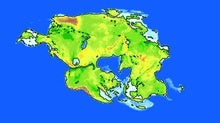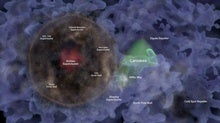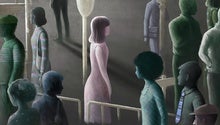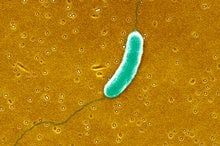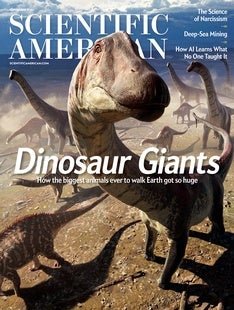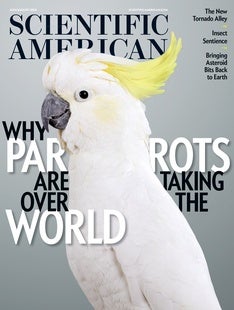 |
| September 29, 2023 |
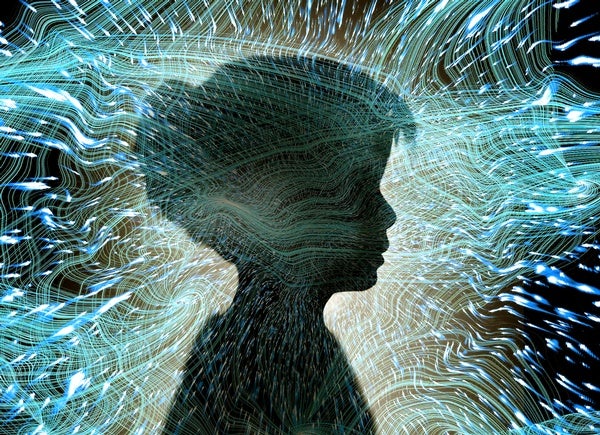 |
| |
| |
| |
| |
| Basic Chemistry The Chemistry behind Bourbon How does bourbon, "America's spirit," get its distinctive taste and color? | | By Michael W. Crowder,The Conversation US | | | |
| |
| |
| |
| |
| |
| |
BRING SCIENCE HOME
 | | Sensing with Your Feet! | 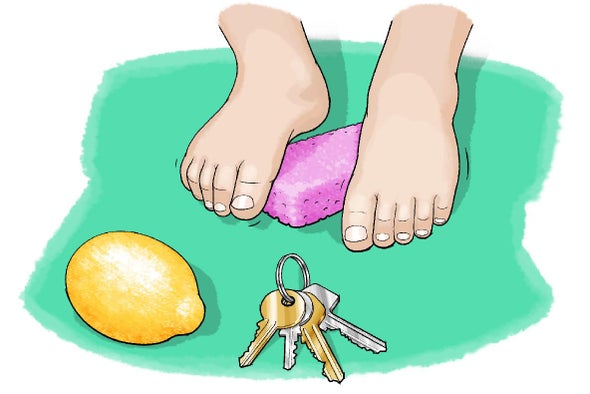 What objects can you identify with your eyes closed? What if you can only use your feet to feel them out? Try this activity for some sensational results! Credit: George Retseck | How many objects do you think you touch with your hands every day? A lot! Every time you touch something your hands are able to feel how smooth, cold, warm or rough the object is. In fact, your hands and fingers are so good at sensing details of shapes and surface textures that you are able to identify an object just by touch and without seeing it. Here is the challenge though: Do you think your feet are sensitive enough to do the same? Are they able to identify objects just by touching them? Try this activity to find out! | |  | |
LATEST ISSUES
 |
| |
| Questions? Comments?  | |
| Download the Scientific American App |
| |
| |




